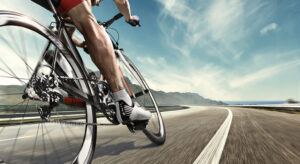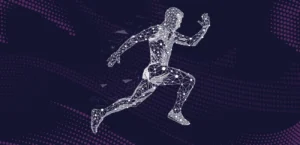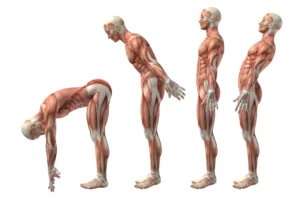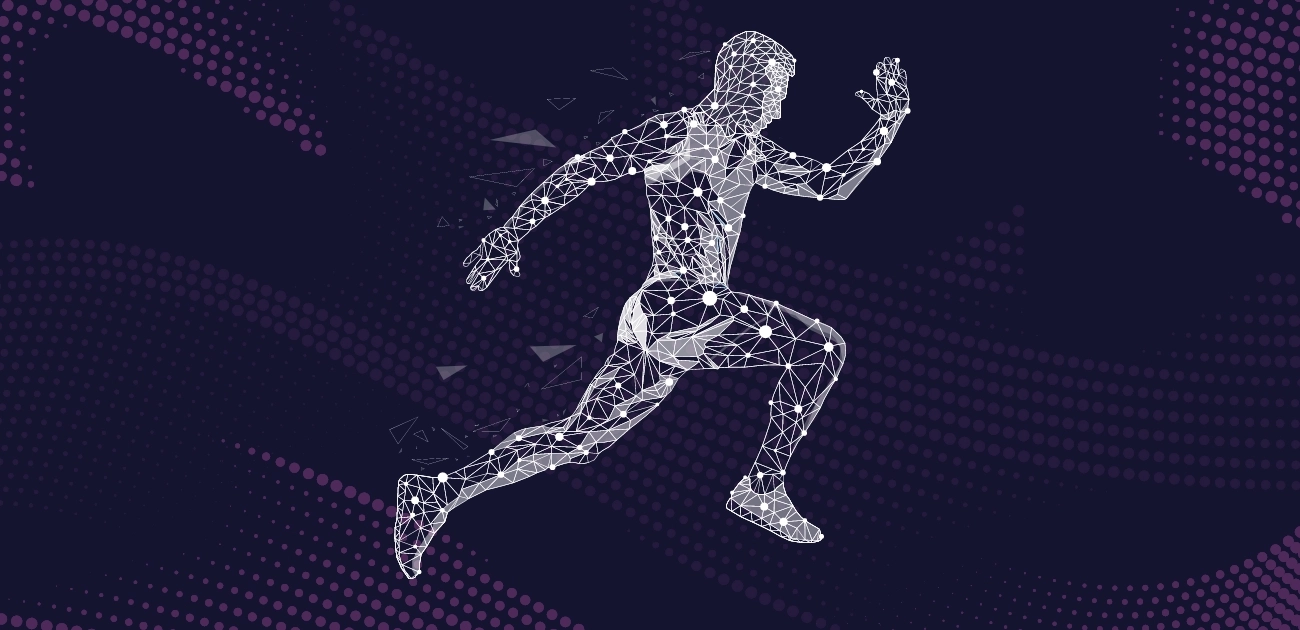Applying the knowledge of biomechanics is the foundation for developing the right techniques in sports and its analysis is beneficial to achieve maximal performance.
During the Khelo India Youth Games (KIYG), the National Centre for Sports Science and Research (NCSSR) hosted a session on “Olympic Gold In Athletics – A Billion Dream Fulfilled And My Journey”. As the keynote speaker of the conference, Neeraj Chopra who has won a historic gold medal in the Men’s Javelin Throw at Tokyo Olympics 2020, stressed on the importance of sports science and biomechanics to achieve excellence in the field of athletics.
 “I believe to be able to give a world-class performance, things like sports science and biomechanics matter a lot along with your regular training. Further, having knowledge of sports science also helps you understand things like nutrition, diet, recovery, and biomechanics technically. It is only after understanding all of this and more that we are able to progress as an athlete and as a competitor,” Neeraj Chopra stated.
“I believe to be able to give a world-class performance, things like sports science and biomechanics matter a lot along with your regular training. Further, having knowledge of sports science also helps you understand things like nutrition, diet, recovery, and biomechanics technically. It is only after understanding all of this and more that we are able to progress as an athlete and as a competitor,” Neeraj Chopra stated.
Coming from such a renowned athlete, let us understand what is meant by biomechanics and its role in developing better results. Sports biomechanics refers to the area of science that is concerned with the analysis and assessment of human body movements during sports activities. Basically, the laws of mechanics are applied with the help of mathematical modelling, computer simulation and measurement. It involves the interaction between the participant and the equipment in use.
 The study is divided into two major categories- kinetics and kinematics. Kinetics is the study of forces that act on the body while kinematics is the study of movements produced in the body. A good understanding of biomechanics is extremely crucial in sports where the dominant factor is technique rather than the physiological capacities of the player.
The study is divided into two major categories- kinetics and kinematics. Kinetics is the study of forces that act on the body while kinematics is the study of movements produced in the body. A good understanding of biomechanics is extremely crucial in sports where the dominant factor is technique rather than the physiological capacities of the player.
Interestingly biomechanics can be used to determine the optimal movement pattern to enhance sport-specific form and technique. It identifies the safest method for carrying out an exercise task through the detailed assessment of muscle loading and recruitment. Biomechanics has also found application in the analysis of rackets, shoes, surfaces and other exercise and sport equipment. Biomechanics can be very instrumental in minimising the risk of injury, speeding up the recovery time and improving performance. It also allows coaches to provide with optimal training that is backed with scientific reason. Biomechanical testing includes highly specific procedures like high-speed video analysis, competition analysis, 3D analysis, force plate analysis and EMG (Electromyography).
 The mechanical aspect of biomechanics correlates the principles of mechanics (Newton’s Laws of Motion) with sport and exercise movements.
The mechanical aspect of biomechanics correlates the principles of mechanics (Newton’s Laws of Motion) with sport and exercise movements.
- The first law of motion states that an object will continue to be in the state of rest or in a state of motion unless an external force acts on it.
The body of an athlete sprinting down the track tends to retain that motion unless acted upon by muscular forces to overcome this inertia.
- The second law of motion states that the rate of change in velocity of an object is directly proportional to the force applied and inversely proportional to the mass of the body.
A badminton player would apply less force to place a slow drop while a greater force would be needed to hit a fast smash.
- The third law of motion states that for every action there is an equal and opposite reaction.
When a swimmer pushes the water in the backward direction, the water pushes him in the forward direction with an equal force.
Now we will have a look at the biological aspect of biomechanics where we learn about the different kinds of movement patterns observed in the human body.
- Flexion refers to the bending movement that leads to decrease in the joint angle.
For example, elbow flexion brings the radius closer to the ulna.
- Extension refers to the increase in joint angle that occurs during the movement of body part back to its resting anatomical position.
For example, extension of knee causes the angle between tibia and femur to increase.
- Abduction refers to moving a body part away from the midline of the body.
Examples include abducting the shoulder joint (lifting the arms laterally) and abducting the hip joint (lifting legs away from each other).
- Adduction refers to the movement that pulls the body parts towards the midline, bringing it back to its resting position.
Examples include bringing all fingers or toes together.
So, by understanding the mechanism of how the human body moves, we can derive the best results out of our muscles, bones, joints and ligament without causing too much stress and strain on them. Thus, applying the knowledge of biomechanics is the foundation for developing right techniques to bring about various sports tasks and biomechanical analysis is beneficial not only to achieve maximal performance but also helps with pain reduction.




